|
The West River Watershed Coalition: In February 2016, the West River Watershed Coalition applied for a microgrant of $700 from the Greater New Haven Green Fund to help with the printing of their brochure.
The West River Watershed Coalition is a group of towns, organizations and individuals who come together to protect and revitalize the West River, as well as its watershed and tributaries. The brochure was designed by WRWC volunteers and has information about the West River Watershed, the towns and participants that make up the WRWC and the goals of the organization. The group wanted their informative brochure to be placed in public areas like libraries and distribute it to people at events like the Edgerton Park Green Festival, the West River Water Festival and walks along the West River to inform and gain support for their stewardship of the West River Watershed. Brochure courtesy of the West River Watershed Coalition |

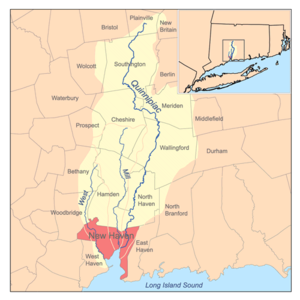 Photo courtesy of wikipedia.org
Photo courtesy of wikipedia.org

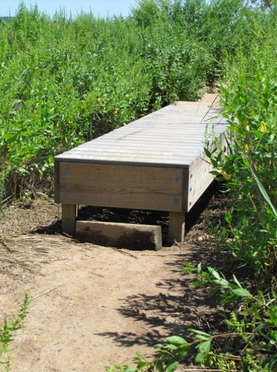 Photo courtesy of New Haven Land Trust
Photo courtesy of New Haven Land Trust
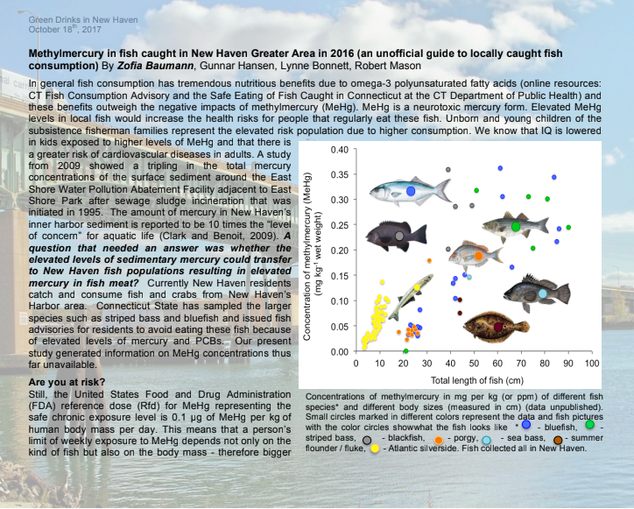 Photo courtesy Zofia Baumann and the New Haven Bioregional Group
Photo courtesy Zofia Baumann and the New Haven Bioregional Group
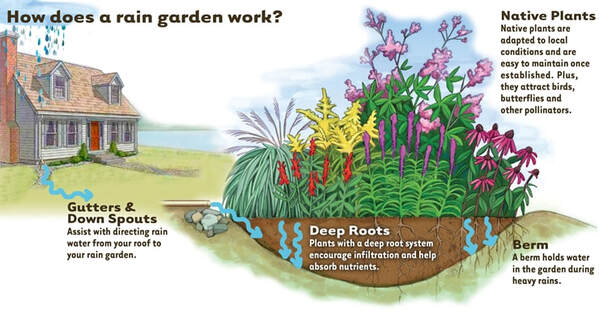 Photo courtesy of londonmiddlesexmastergardeners.com
Photo courtesy of londonmiddlesexmastergardeners.com
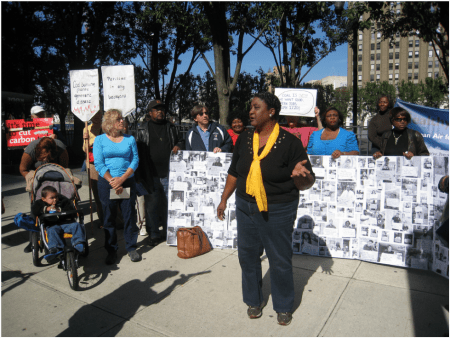 Photo courtesy of grassroots fund.org
Photo courtesy of grassroots fund.org
 Photo courtesy of the River Advocates of South Central CT Facebook page
Photo courtesy of the River Advocates of South Central CT Facebook page
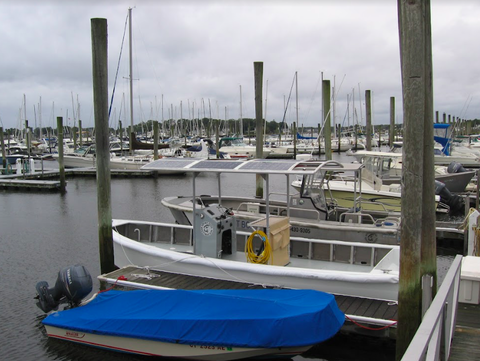 Photo courtesy of Lynne Bonnett
Photo courtesy of Lynne Bonnett
